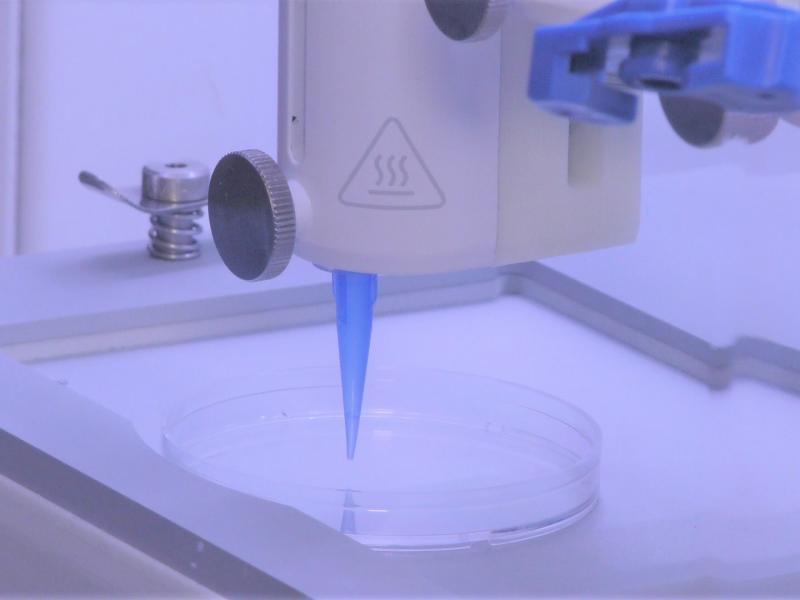In a big breakthrough, bio engineers from Rensselaer Polytechnic Institute have developed a way to 3D print living skin, complete with blood vessels.
This revolutionary research is an important step, as we may be getting a little closer towards creating grafts that are like the skin our bodies produce naturally.
In future, permanent skin grafts could be 3D-printed, and then there would be no need to harvest it from a patient’s own body.
Although, 3D-bioprinted skin grafts made from living cells are available, but they just temporary cover the wound. This is due to the absence of the vasculature that would allow life-giving blood to flow from the patient’s body and into them.
According to Pankaj Karande, an associate professor of chemical and biological engineering at Rensselaer, “Right now, whatever artificial skin is available as a clinical product is more like a fancy Band-Aid. It provides some accelerated wound healing, but eventually just falls off; it never really combines with other skin cells.”
After several years of research, researchers found that they can turn two types of living human cells into “bio-inks” and print them into a skin-like structure, but it still lacked a vascular system.
Researchers recently added cells crucial to the development of blood vessels to those bio-inks, along with animal collagen. Researchers found that within few weeks, blood vessels began growing in skin. Researchers grafted these pieces of the skin over open wounds on mice, the animals’ blood vessels began to communicate and connect with the mouse’s own vessels.
“That’s extremely important, because we know there is actually a transfer of blood and nutrients to the graft which is keeping the graft alive,” says Pankaj Karande, leader of the study.






